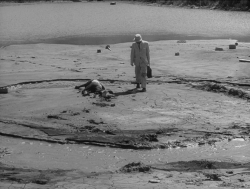Reviews
Grant Hamilton
USA, 2011
Credits
Review by Victoria Large
Posted on 15 May 2012
Source Projected DVD
Categories The 2012 Independent Film Festival Boston
After Time Zero: The Last Year of Polaroid Film premiered at IFFB, the film’s director Grant Hamilton explained his initial motivation for making the documentary during a Q&A session. “I wanted everybody to be as upset about [the discontinuation of Polaroid film] as I was,” he confessed. It shows. Throughout Time Zero, much time is spent focusing on the sense of loss that artists and enthusiasts felt in early 2008 when the Polaroid Corporation announced that it would no longer manufacture instant film.
These Polaroid fans do a good job of explaining that instant film was more than a product. Among other things, it provided unique inspiration for budding photographers and added a bit of magic to special occasions, where friends and families could gather around the small square photos and watch the images develop right before their eyes. We get some great moments, like seeing a precious stash of Polaroid film resting in a refrigerator, or hearing about John Waters’ hobby of snapping a Polaroid of everyone who pays a visit to his house. An archival expert who posits that the “most reliable archival medium” is “probably still paper” also places the issue in a broader context. In our collective excitement over the convenience of digital, we seem to be skipping over some pretty important conversations about how to reliably preserve today’s primarily digital photographs for the future.
Yet while I’m sympathetic to a lot of the points raised here about the disappearance of instant film, Time Zero is oftentimes too one-sided. For example, Hamilton does little to represent the arguments in favor of digital photography, perhaps letting his strong emotional investment in analog instant photography win out. Hamilton also glosses over the potentially problematic qualities of Polaroid film itself: though numerous references are made to the fact that some of the original components of instant film have become unavailable, presumably for good reasons, we don’t get much in the way of specifics. That’s a shame, because the documentary is perhaps less nuanced as a result.
The good news, both for viewers and for instant photography fans, is that Time Zero’s story doesn’t end with the end of Polaroid film. The latter portion of the documentary traces the evolution of The Impossible Project, an incredibly ambitious undertaking aimed at reformulating and reintroducing instant film. It’s great seeing fans of analog photography turning their outrage into action, and the story largely hits its stride with the introduction of this real-life narrative twist. Indeed, though not perfect, Time Zero is an informative and often quite engaging look at an analog obsession—and its unexpected next act.
More The 2012 Independent Film Festival Boston
-
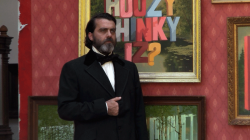
Beauty is Embarrassing
2012 -

Gregory Crewdson: Brief Encounters
2012 -
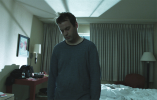
Sleepwalk with Me
2012 -

Liberal Arts
2010 -

Burn
2012 -

All-Ages: The Boston Hardcore Film
2012 -
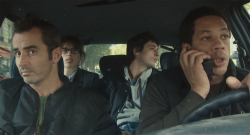
Polisse
2011 -

Sun Don’t Shine
2012 -

Headhunters
2011 -

Cerro Rico, Tierra Rica
2011 -
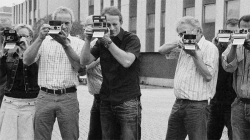
Time Zero: The Last Year of Polaroid Film
2011 -

Jason Becker: Not Dead Yet
2012 -

Detropia
2012 -

Girl Model
2011 -

Under African Skies
2012 -

The Central Park Effect
2012 -

Paul Williams: Still Alive
2011 -

Trishna
2012 -

The Queen of Versailles
2012
We don’t do comments anymore, but you may contact us here or find us on Twitter or Facebook.


